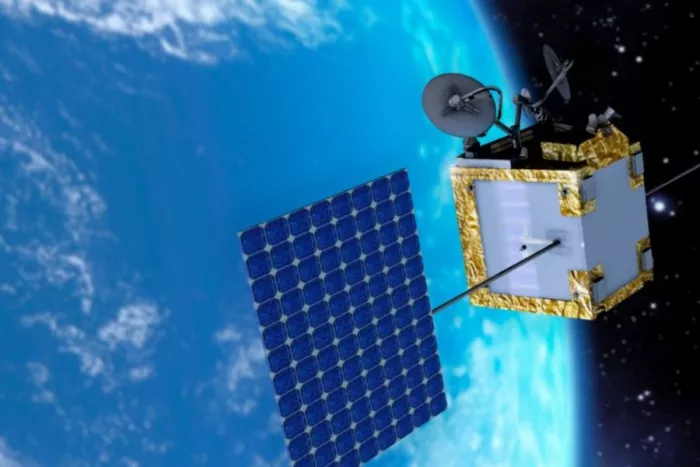
In a telephone conversation with Pentagon reporters in Alaska on May 5, van heck said that the $50 million experiment being conducted with satellite internet providers oneweb and Starlink was "to increase communication capacity in the Arctic". If successful, this capability could fill "some of the gaps we see" operating in the Arctic.
"Starlink and oneweb have deployed satellite clusters in low earth orbit to provide data and voice communication capabilities. The Department has been generous in providing us with funds for our terminals... In some locations in the Arctic, and we are currently evaluating. The feasibility and ability of them to provide the command and control we need are being evaluated, from the tactical level... To the strategic level," Van heck said, He is planning to visit one of these companies after the press conference.
Van heck and General Charles Richard, commander of the U.S. strategic command, held a number of meetings in Alaska with allies and partners on operating in the Arctic.
"We will... See what 'satellite companies' can provide us, their capabilities and the extent of their progress," Van heck added. "I look forward to continuing to work with the Department throughout the testing process to improve our communication capabilities."
Asked what the next step of the experiment would be and within what time frame, van Hoek said: "I think we will complete it within this year. The next step is to integrate... Platforms and capabilities through service delivery terminals, as well as within communication nodes, such as command posts and operation centers, so that we can share data and information and share it with our allies and partners."
Stratcom added the experiment to its list of priorities without financial support in 2020, prompting Congress to provide financial support, van heck said. "It's definitely one of my priorities," he said. "With the tests we're doing now, (with) the terminals we've put into use now."
In late January, the US Air Force solicited companies to conduct such a commercial satellite communication demonstration to explore the use of a common terminal for data and communication through geosynchronous, medium and low orbit constellations. The U.S. Air Force asked companies to make proposals to allow switching between space Internet providers when needed, and ruled out the proposal to rely entirely on a single company or constellation.
The experiment is the product of the air force research laboratory project, which was launched in 2017 and is called "defense test using commercial space Internet" (deucsi). In the next two years, two to five additional multi band and multi orbit experiments are planned.
Van Hoek said that this capability is a key requirement above 55 degrees north latitude. The US Air Force said in a January tender that this arrangement was seen by the air force as a possible way to quickly achieve capability in the region, comparable to "the kind of communication available in low latitudes". The air force also said it would accept proposals from companies that are launching a new constellation but have not yet done so.